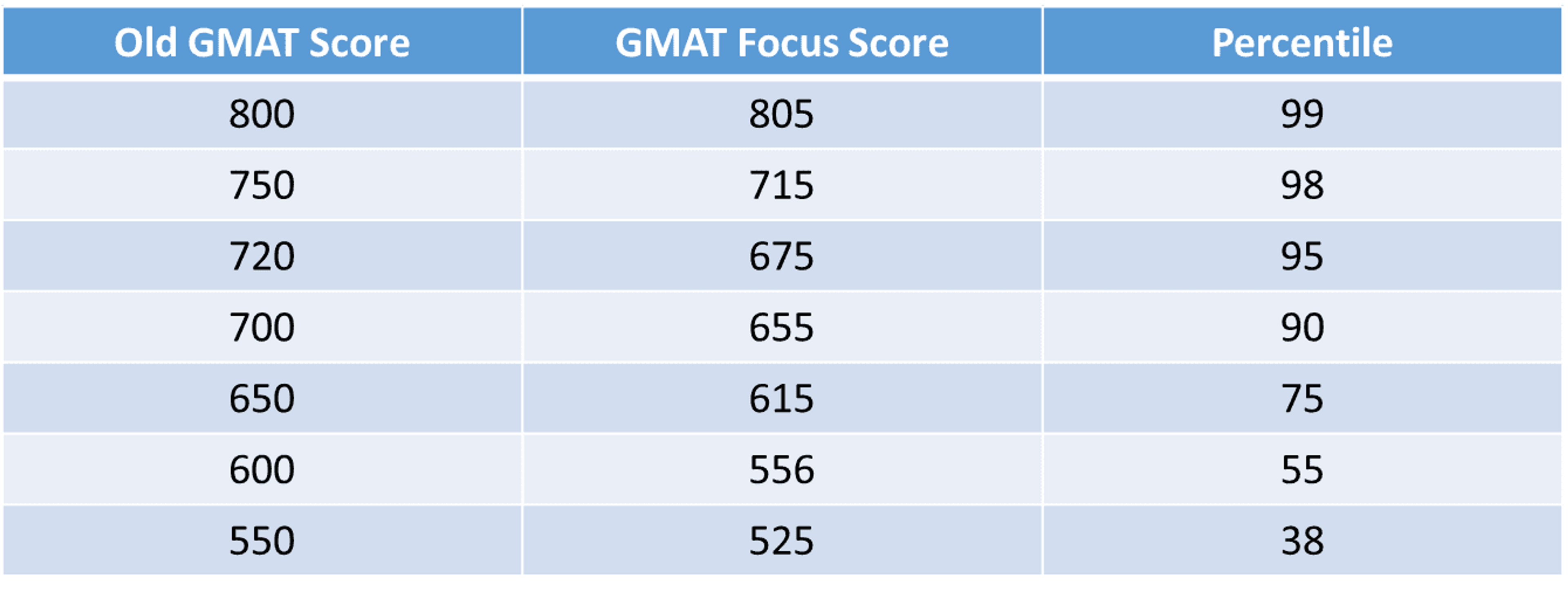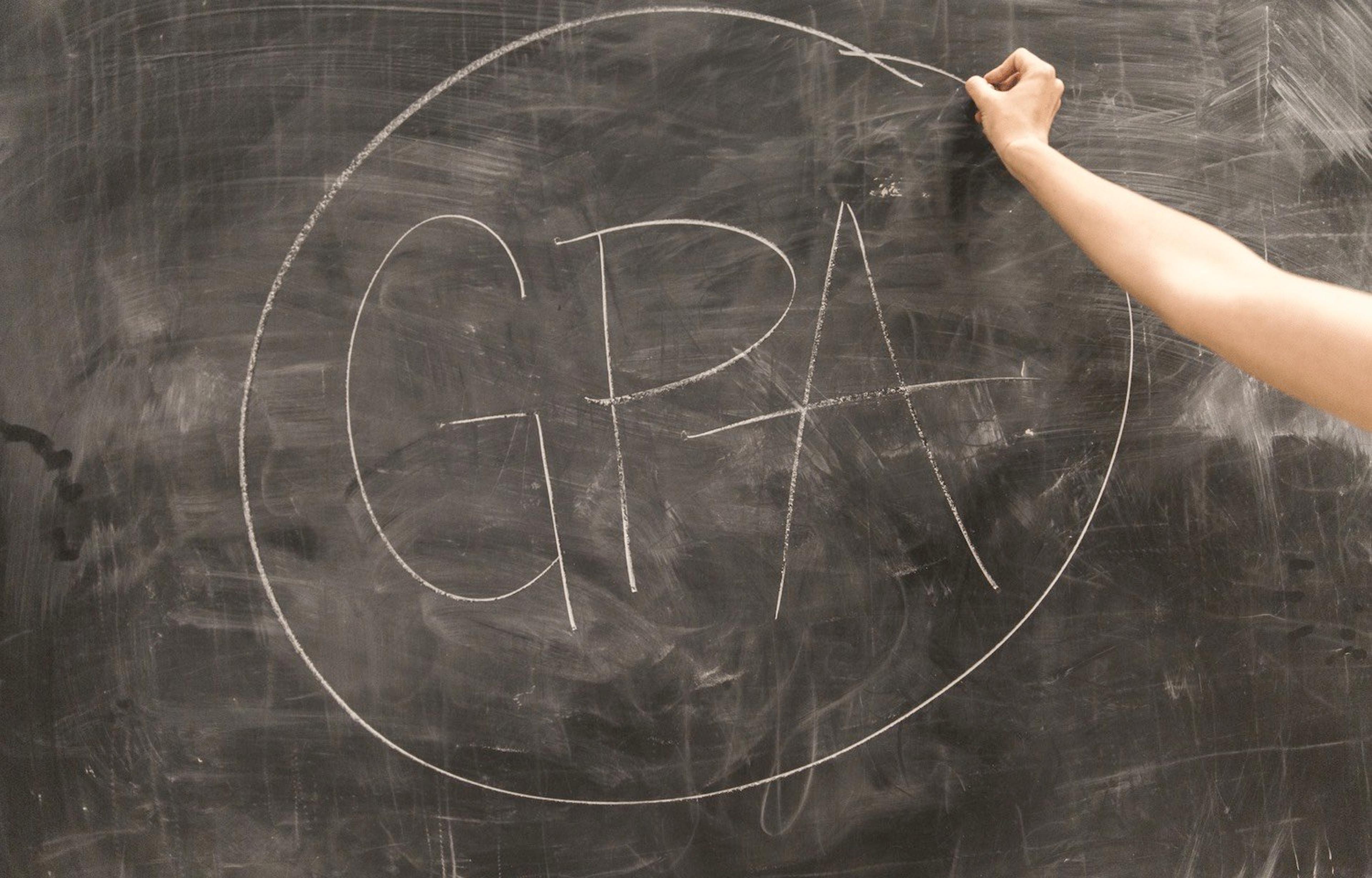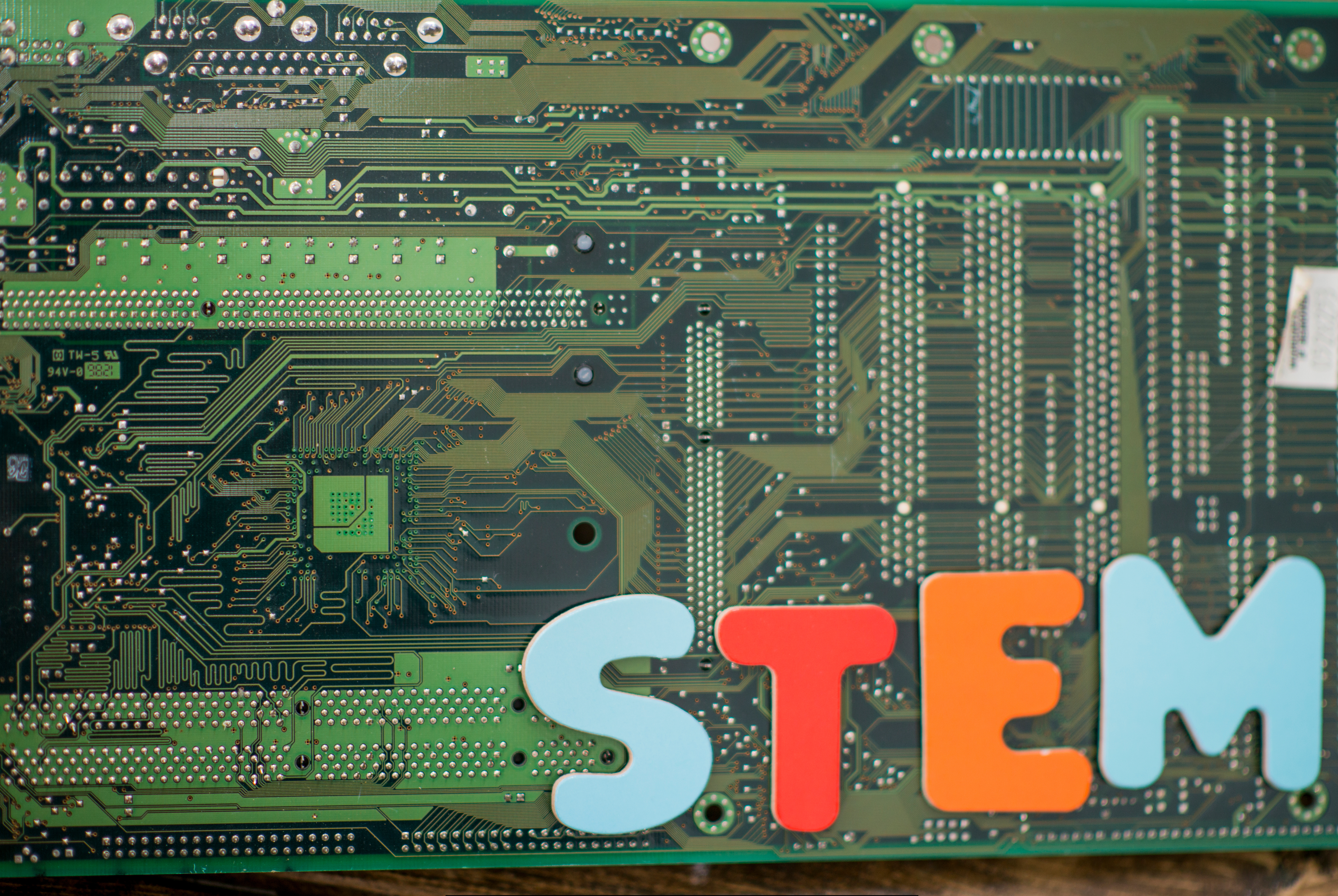3 Things You Need to Know About the New GMAT Focus Edition
The new GMAT Focus Edition will be accepted by many schools in 2025. If you're applying in the 2025-2026 application cycle or later, here are three things to know as you prepare for this standardized test.

By Bruce H.
Posted July 28, 2025

Table of Contents
The GMAT Focus Edition marks a significant evolution in the Graduate Management Admission Test. This revamped edition introduces key changes to better align with the needs of today's test-takers and business schools. The test is almost an hour shorter than the previous test and no longer includes an essay portion. For more information on what's changed, head to: GMAT Focus Edition: What to Know
Thing #1
Focus scores will be significantly lower compared to the old GMAT scores based on percentile ranking.
GMAT scores have been steadily creeping up over the years. The median GMAT score for my incoming class at Wharton in 2002, for example, was around 680. Now the median is around 730.
To combat this phenomenon, the GMAT is using the Focus as an opportunity to reset scores. Below is a chart comparing a selection of new Focus scores to old GMAT scores and percentile performance. A complete chart detailing score comparisons can be found on the GMAC website here.
Before you freak out, remember that the business school admissions departments are all well aware of the score changes and will be comparing new scores and old scores appropriately.

By the way, the SAT famously did a similar score reset in the 90s and I got dumber 10 years after I graduated from college.
Thing #2
You can change up to three answers on each section – but you probably shouldn’t.
One of the strangest things about the GMAT is the scoring algorithm which cares much more about how hard the questions are that you get right or wrong rather than the number of questions you get right or wrong. In fact, regardless of whether you score a 550 or a 750, you are likely going to miss about one-quarter to one-third of the questions in each section.
The optimal strategy on the GMAT has never been to try and get all the questions right. Instead, it’s always been to trade off missing (or taking educated guesses on) a few questions to save time so you have more time to nail the hard questions that drive your score higher. That same strategy holds true for the Focus.
There is nothing wrong with marking questions you aren’t sure of and coming back to them if you have time at the end. But trying to rush through a section to make sure you have time to come back to questions isn’t the best strategy. You want to use your time to nail harder questions – not finish early.
So manage the test like you always would. That usually means ending the section just about when time runs out. If you happen to have time at the end, then go back and look at any marked questions.
Thing #3
The Integrated Reasoning section is now called Data Insights and it has some important changes.
First and foremost, it now counts as part of your overall score. On the old GMAT, Integrated Reasoning was scored separately and did not count as part of your overall score.
The questions on the Data Insights section are adaptive. On the old GMAT, the Integrated Reasoning sections were NOT adaptive (everyone got the same questions). The Data Insights section IS adaptive. Just like the quant and verbal sections, it will give you harder or easier questions depending on your answer to the previous question.
The question types you know and love from the old Integrated Reasoning section are back on the Data Insights section: graphics interpretation, table analysis, two-part analysis, and multi-source reasoning.
The big news is that data sufficiency questions will appear on the Data Interpretation section. And, this is the only section in which Data Sufficiency questions appear - the quant section will not have Data Sufficiency questions.
Read: The 10 Best GMAT Tutors
Dates and More Information
It’s worth noting that the old GMAT will NOT be offered after January 31, 2024. So, starting in February the old GMAT will be entirely replaced by the GMAT focus.
If you’d like more information about the GMAT Focus, you can check out the GMAC website.
Bruce H. is a Wharton MBA and professional test prep coach. He is a former Curriculum Development and Test Prep Instructor at UCLA and has more than ten years of experience helping hundreds of students reach their target scores. Book a FREE intro call with Bruce today!
Read these articles next:
- Two Proven Techniques to Supercharge Your GMAT & GRE Study Sessions
- Top 50+ Free Resources for GMAT & GRE Practice
- GMAT vs. GRE for Business School—Which Should You Take (and How to Ace Both)
- GMAT Focus Score Chart — With Percentiles
- How Late Can You Take the GMAT/GRE for MBA Applications?
- How Long Should You Actually Study for the GMAT Focus Edition?
FAQs
Is a 650 on the GMAT Focus Edition a good score?
- Yes—under the new scoring system, a 650 on the Focus Edition is roughly equivalent to a 700+ on the old GMAT. Focus scores are lower on purpose to reset inflation.
Can I go back and change my answers on the GMAT Focus Edition?
- Yes, you can change up to 3 answers per section. But experts say your time is usually better spent solving new questions carefully, not rushing to go back and change old ones.
Does the Data Insights section matter for my overall GMAT Focus score?
- Yes. Unlike the old GMAT’s Integrated Reasoning section, Data Insights does count toward your total score and is adaptive like the Quant and Verbal sections.
When is the last date to take the old GMAT?
- January 31, 2024 was the final date for the legacy GMAT. After that, only the GMAT Focus Edition is available.
What’s the best strategy for pacing on the GMAT Focus?
- Time management still matters most. Focus on answering harder questions correctly, rather than trying to finish early to review. The test still rewards accuracy on more difficult problems.

Written by Bruce
5.0
(33)
I've been coaching the GRE, GMAT, ACT and SAT for 12 years - both as the founder of First Choice Admissions and at UCLA. I specialize in getting clients top scores and getting them into top schools. I am the head instructor for Leland's GRE and GMAT bootcamps. Leland uses my propriety curriculum for their bootcamps and I create the materials to train other GRE and GMAT instructors. I trained as a teacher at Grinnell College and graduated with my high school teaching certificate. So naturally after college I became a professional musician. Yeah, my folks had the same reaction. So while my band racked up some college radio hits and I got to tour the country playing music, it became pretty clear that spending the rest of my life with four sweaty guys in a touring van was an idea that only looked good on paper. I needed to make a change. So I taught myself how to do really, really well on the GMAT so that business schools would take me seriously (did I mention the professional musician part?). I was accepted to Wharton and two years later I started a pretty conventional post MBA career. I worked as a marketer for General Mills, did strategy and financial consulting in Silicon Valley and I helped my friends launch (sometimes) successful start-ups. I was also was the founding partner in a company that ran live music venues in San Francisco and Oakland. And while all of those ventures were fun (and some even lucrative) my passion had always been teaching. So started a test prep company, First Choice Admissions, in a garage in Palo Alto (cliche I know) and began tutoring the GMAT, GRE, ACT and SAT. After a couple of years I move down to LA (I'd like to say it was for savvy business reasons - but really it was for a girl). Soon after I moved, UCLA hired me to develop test prep curriculum and teach the GMAT, GRE, ACT and SAT. After working with them for several years, I turned my attention full-time to First Choice Admissions. I've been running First Choice for the last 10 years and everyday I love coaching these tests and helping my clients get into their dream schools.
Bruce has helped clients get into organizations like:
University of Southern California
UCLA Anderson School of Management
Middlebury College
University of Rochester
IMD Business School












